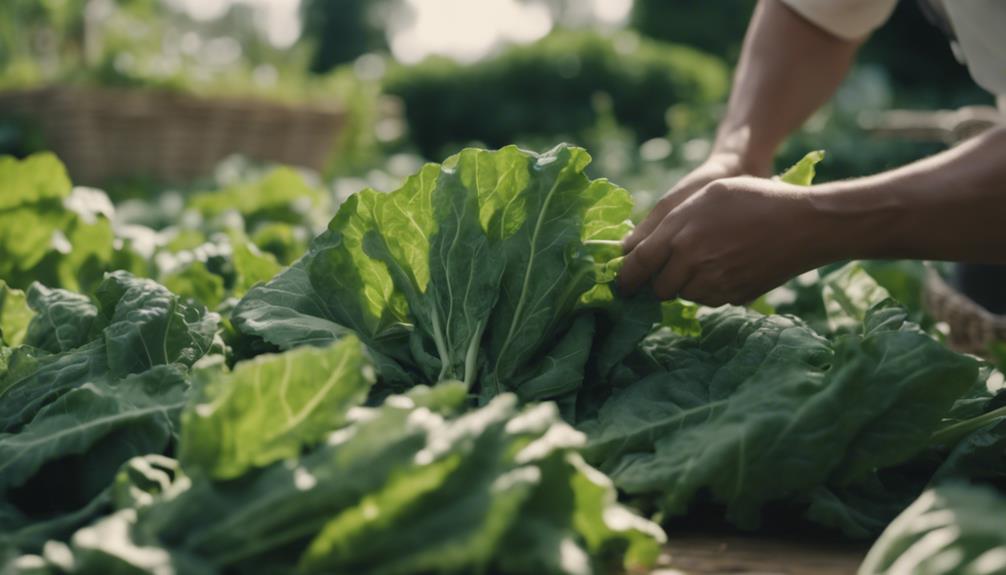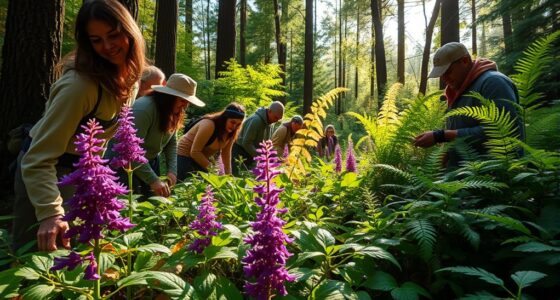Considering a Forage internship to boost your career prospects? You're on the right track! These virtual internships offer hands-on experience, practical skills, and enhanced resume credibility – all for free and at your own pace. With simulations designed by top companies like Accenture and PwC, you'll explore diverse career paths, gain industry-recognized certificates, and stand out from the competition. By immersing yourself in real-world projects, you'll build valuable skills and confidence. Now, discover how Forage internships can be a game-changer for your career – and what you need to know to get ahead.
Key Takeaways
- Forage virtual internships provide hands-on experience and practical skills in various industries, enhancing your resume and interview prospects.
- With no application process, self-paced learning, and free access, Forage offers an accessible way to explore diverse career paths.
- By completing Forage virtual experiences, you can gain industry-recognized certificates, build confidence, and demonstrate high intent to employers.
- Forage partnerships with leading companies like Accenture, PwC, and BCG ensure that simulations are realistic and relevant to real-world scenarios.
- With a 99% confidence boost and 95% career pathway exploration rate, Forage virtual internships have a proven track record of success.
Understanding Forage Internships
Through Forage virtual internships, you can gain hands-on experience in various industries, from tech and data analytics to consulting and finance, without any financial burden or application hassle. You'll have the opportunity to develop practical skills through real-world tasks, which won't only enhance your resume but also increase your chances of landing interviews.
Forage virtual internships are free, self-paced, and don't require an application process, making it easy to get started. By participating in a Forage virtual internship, you'll be able to explore diverse career paths and gain a deeper understanding of what each industry entails. This will help you make informed decisions about your future career.
With Forage, you can gain valuable experience and skills that will set you apart from others. Take advantage of this opportunity to boost your career prospects and gain a competitive edge in the job market.
Benefits of Virtual Job Simulations

By participating in Forage virtual job simulations, you'll gain a significant competitive edge, with industry-recognized completion certificates that can be showcased on your resume and social media profiles.
This virtual experience will give you a real-world understanding of your desired career path, allowing you to develop valuable skills and build your confidence in the job market. You'll have the opportunity to explore diverse career pathways, including tech, data analytics, technical consulting, and cybersecurity, and gain hands-on experience in your chosen field.
With Forage, you'll be able to demonstrate high intent to employers, standing out from the competition and increasing your likelihood of landing interviews and job offers. In fact, 99% of Forage participants felt more confident applying for roles, and 95% explored different career pathways.
Types of Forage Virtual Experiences

You can choose from a wide range of Forage virtual experiences, each offering a unique glimpse into a specific industry or profession. These virtual internships are designed to simulate real-world scenarios, allowing you to gain relevant skills and experience in a particular field.
For instance, the Data Analytics Virtual Experience Program is designed to simulate the work of a data analyst in North America. You'll complete a series of hypothetical tasks, similar to those you'd encounter in a real-world data analytics role.
Through Forage's virtual internships, you'll explore various career pathways available in industries such as consulting, technology, finance, law, HR, business, and social impact. Each virtual experience is designed and delivered by leading companies like Accenture, PwC, and BCG, ensuring you gain valuable insights into the daily tasks and challenges of professionals in these fields.
Gaining Practical Skills and Insights

In Forage's virtual internships, you'll immerse yourself in hands-on projects that simulate real-world scenarios, gaining practical skills in data analytics, visualization, and other industry-relevant areas.
This real-world experience of starting projects and overcoming challenges will help you build skills and confidence, essential for success in industries like Data Science, Investment Banking, or Electronic Arts.
Through Forage Virtual, a platform that offers immersive experiences, you'll develop a strong foundation in skills that are in high demand. You'll work on projects similar to those at top companies like Goldman Sachs, where data-driven decision-making is vital.
By completing a Forage internship, you'll gain valuable insights into the inner workings of your chosen industry, making you a more competitive candidate in the job market.
With Forage, you'll be better equipped to tackle real-world challenges, and you'll be more likely to land job interviews and receive job offers. Through hands-on experience and skill-building exercises, you can gain practical knowledge that sets you apart from other candidates. Employers are increasingly looking for hires who can demonstrate a clear understanding of industry demands, and programs like Forage help bridge that gap. While it’s not directly related, knowing specific terms like “goat forage intake requirements” could also showcase your attention to detail and diverse knowledge, making you an even more valuable asset in various roles. In addition, employers value candidates who display a proactive approach to learning, as it indicates adaptability and a willingness to tackle new challenges. By engaging in programs like Forage, alongside demonstrating knowledge in niche areas such as the **optimal forage intake for goats**, you can further position yourself as a well-rounded and resourceful candidate. This combination of practical experience and unique insights will undoubtedly enhance your professional edge in an increasingly competitive job market.
Weighing the Value of Forage

When considering investing your time in a Forage virtual internship, it's important to weigh the value it can bring to your career development and job prospects. You want to know if it's worth your time, and rightly so.
Forage offers free virtual work experiences endorsed by leading companies, providing valuable skills and insights into real-world career paths. The resources and tasks designed to help students like you gain hands-on experience in data analytics, Excel, and Tableau will give you the confidence that will set you apart from others.
By completing a Forage virtual internship, you'll not only enhance your resume but also simulate the real-world experience, making you a more attractive candidate to potential employers. And the best part? It's completely free and accessible through online programs.
With no application process and self-paced learning, you can fit it into your schedule easily. By investing your time in a Forage virtual internship, you'll be taking a significant step towards preparing yourself for success in your career journey.
Frequently Asked Questions
Is Forage Good for an Internship?
You're wondering if Forage is good for an internship, and the answer is yes! You'll gain valuable skills, enhance your resume, and get hands-on experience in data analytics and visualization, making you a more competitive candidate.
Is the Forage Internship Real or Fake?
You're wondering if the Forage internship is real or fake? Rest assured, it's a legitimate virtual work experience endorsed by top companies, providing industry-recognized skills and real-world experience that can boost your resume and job prospects.
Are Forage Certificates Worth?
You'll be thrilled to know that 99% of Forage participants felt more confident applying for roles after completing virtual job simulations! As for your question, yes, Forage certificates are worth it since they're industry-recognized and can be showcased on resumes and social profiles.
Do Companies Look at Forage?
You're wondering if companies look at Forage internships – the answer is yes, they do! By completing one, you demonstrate initiative, skill development, and a proactive approach, making you stand out to potential employers.
Conclusion
You've made it to the finish line! After weighing the pros and cons, it's clear that forage internships can be a game-changer for your career.
With the chance to gain practical skills, insights, and a taste of real-world experience, these virtual job simulations can be a million times more valuable than just reading about a job online.
So, if you're ready to level up your skills and stand out in a crowded job market, a forage internship might just be the perfect opportunity for you.










